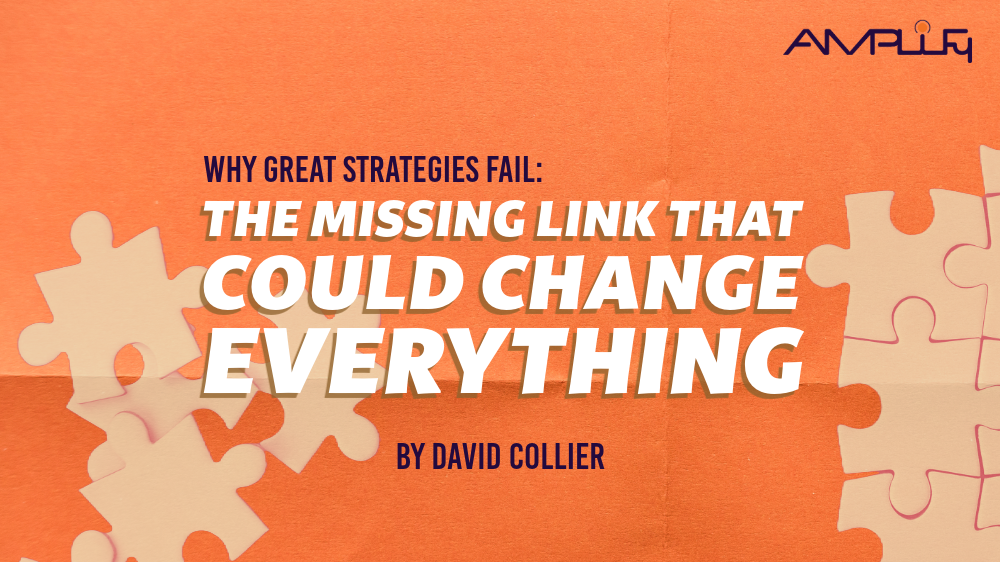New Beginnings: Seizing Opportunities in a Changing Market
New beginnings aren’t just personal milestones. They’re the lifeblood of growth in companies and industries. Every new year brings a wave of fresh initiatives, ambitious projects, and bold strategies to reshape what’s possible.
As someone who transitioned from a decade in recruiting to strategy consulting, I’ve had the privilege of guiding companies through their own “new beginnings”—whether it’s launching a new product, entering a new market, or recalibrating their operations to unlock potential.
These moments of change are where transformation happens, for individuals and organizations alike. They require courage, vision, and above all, the willingness to embrace uncertainty. In business, these moments of transformation often coincide with the new year; a time when fresh perspectives and bold moves can redefine success.
Let’s explore how organizations can seize these opportunities to set the stage for growth and innovation:
New Beginnings in Business:
- The Clean Slate Effect
A new year is a unique opportunity for companies to take a step back, reflect on their past performance, and chart a fresh course. Whether it’s launching a new initiative or restructuring for efficiency, there’s something undeniably energizing about starting with a clean slate. In my consulting career, I’ve seen the power of this effect when companies use the new year to implement ambitious operational strategies or adopt technologies that redefine their capabilities. It’s not just about fixing what’s broken. It’s about building something better. - Building the Right Foundation
The beginning of any project or initiative is critical. Success hinges on clarity of purpose, alignment across teams, and a solid foundation. Recently, I worked with a growing biotech firm as they prepared to expand into a new market. The challenge wasn’t just in the logistics but in helping them define the “why” behind their strategy. Once that was clear, every decision—from resource allocation to go-to-market planning—fell into place. New beginnings are easier to navigate when you start with the right structure and strategy.
The Role of Strategy in New Opportunities:
- The Power of Fresh Perspectives
One of the most rewarding aspects of working in strategic consulting is helping companies see opportunities they may have overlooked. Sometimes, a company just needs a fresh set of eyes to identify inefficiencies or uncover hidden growth potential. For example, a fintech company I recently worked with had all the pieces for success but lacked cohesion in their operational strategy. By stepping back and identifying key bottlenecks, we were able to develop a roadmap that not only aligned their teams but also allowed them to re-allocate resources in a way that helped them open up new revenue streams. - Iterate, Don’t Hesitate
New beginnings aren’t about having all the answers; they’re about taking that first step and optimizing as you go. Companies that thrive are those that aren’t afraid to pivot, adapt, and iterate. I’ve seen this firsthand working with startups, where the ability to move quickly and learn from early challenges often determines long-term success. The lesson? You don’t have to get it perfect. You just have to get started.
Lessons from the New Year:
- Alignment is Everything
Whether you’re an individual navigating a career shift or a company pursuing a bold initiative, alignment is the cornerstone of success. Everyone needs to understand the mission, their role in achieving it, and how it ties to the bigger picture. In my work with clients, I aim to emphasize this constantly. A misaligned team can derail even the best-laid plans, while an aligned one can execute with precision and purpose. - The Big Picture Matters
New beginnings are exciting, but they also need to be sustainable. It’s easy to get caught up in the energy of the moment and overlook the bigger picture. That’s why a solid strategy isn’t just about short-term wins; it’s about setting the stage for lasting success. As consultants, we guide companies to think beyond immediate goals and payoffs and to ask, “What do we want this to look like in five years?” That question often reframes their approach and ensures their new beginning becomes the start of something meaningful.
Conclusion:
As we step into a new year, the opportunities for fresh starts abound, for individuals and companies alike. Whether it’s a new strategy, market, or initiative, the key is to approach change with purpose, vision, and adaptability.
Having spent years helping individuals and companies navigate transitions, I’ve learned that every new beginning is a chance to build something better. Not just for today, but for the future.
The first step is always the hardest, but it’s also the most important.




